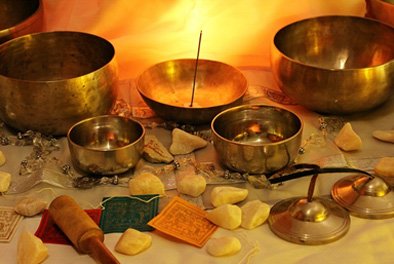
What is Brass?
Brass is produced by mixing zinc and copper. It is believed to have been discovered purely by accident when early metallurgists melted zinc-rich copper ore. Until the post-medieval period, the zinc vapor that such copper ore contains was not recognized as a metal. Various other metals are added into the mixture to produce a variety of brass types. Adjusting the amount of zinc also helps produce brasses of different qualities.
By adding just a little bit of other elements, such as arsenic, lead, phosphorus, aluminum, manganese, and silicon, and experimenting on their proportions, you can produce a wide variety of materials. It’s no wonder there’s an endless list of alloys under the brass category, each of which has a considerable level of industrial function.How much is brass worth?Well, the best way to understand brass’s quick ascent to popularity, and how it caught up with copper and bronze in a heartbeat, is to know its properties. After all, a metal’s usefulness is determined by how many useful properties it has.
Properties of Brass
Compared to bronze, brass has higher malleability and lower melting point, making it very easy to cast. Make no mistake, though, as this does not make brass any less durable. Brass also does not belong to the ferromagnetic class of metals. Meaning, it has a significantly low to no susceptibility to magnetization. This makes it easy to separate brass from ferrous scrap for recycling. Almost 90 percent of all brass alloys are recycled, making brass one of the most eco-friendly metals to use for large-scale applications.
Creating a ferromagnetic type of brass is also possible. You just have to mix a little bit of iron with it. This is often done when trying to increase brass’s wear and tear resistance. Of course, other elements are added along with iron, including silicon and manganese, to reach a desired durability. Otherwise, brass will only adopt iron’s ferromagnetic property without any increment in its durability. With these qualities alone, it wouldn’t make sense to keep asking “What’s brass worth?”
Because of the softness and malleability of brass, it’s very easy to cut and machine after being extruded, eliminating the need for a cutting fluid, which not only adds to the cost of manufacture, but also affects the metal’s overall quality. When mixed with aluminum or tin, brass becomes stronger and more resistant to corrosion. It forms a thin layer of oxide that acts as brass’s shield against corrosion by harsh substances. The resulting material is highly suitable for seawater applications, since seawater is ten times more corrosive than fresh water.
In case you want to force corrosion on brass to produce a particular color or texture, you can apply a variety of chlorides, acetates, ammonia, and certain acids. Unlike other metals, however, the corrosion of brass manifests as an additional layer of material called patina, as opposed to depletion of its surface. Those who are asking the question “Is brass worth anything?” can re-educate themselves of the many beneficial properties of the metal.
Classifications and Alloys
Brasses are classified according to the amount of zinc they contain. Those that contain below 35 percent zinc are called alpha brass. Having a high proportion of copper, these brass alloys are extremely malleable and resistant to corrosion. They are also recognizable in their gold-like appearance. Brasses with 35 to 45 percent zinc, on the other hand, are classified as alpha-beta brasses. They are obviously harder and stronger than alpha brasses, which is why they are often hot worked.
If you increase brass’s zinc content to a little under 50 percent, you’ll create beta brasses, which are harder than both alpha and alpha-beta brasses, and also requires a higher temperature when hot worked. It has the brightest color among all the classifications of brass as well. Increasing the zinc content of brass from this point isn’t advisable as it makes brass too brittle to use.
So far, there are over 60 different types of brass, each of which belongs to one of the classifications discussed above. The most prominent types include the admiralty brass, which has a little bit of tin to fight off dezincification; aluminum brass, which is extensively used for making heat exchanger and condenser tubes; manganese brass, the most ideal material for gold coins in the United States; Muntz metal, used as a lining on boats to prevent fouling; and nickel brass, used for making pound coins.
So is brass worth anything today? There’s your answer. As long as the industries that rely on it continue to grow, the worth of brass won’t diminish. Unlike gold and silver, brass isn’t very popular. Neither is copper and yet it is used for more applications than all famous metals combined. Brass, being an alloy of copper, will remain in demand for a long time. You just have to make sure that you’ll source your brass supplies from a reputable provider like Rotax Metals.

